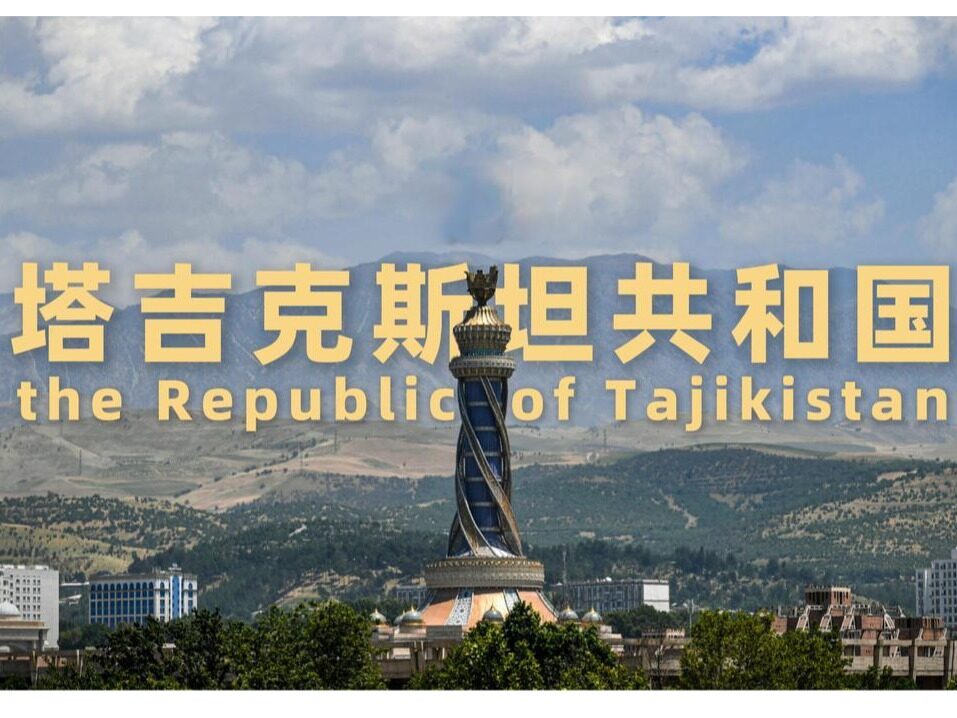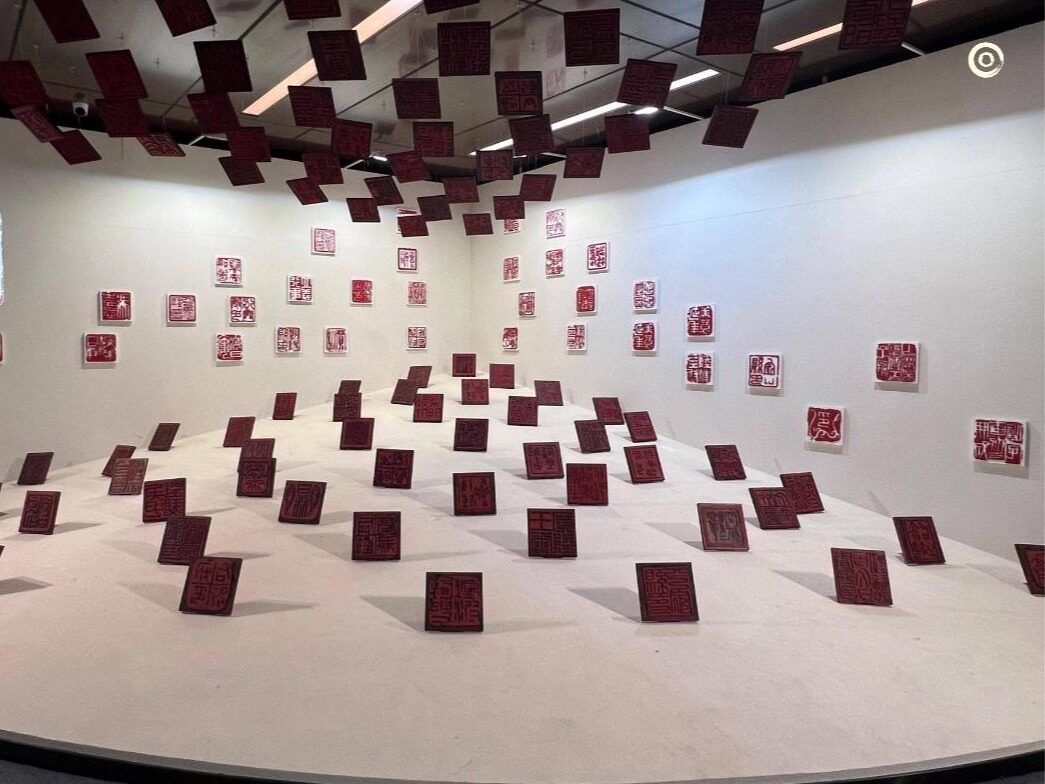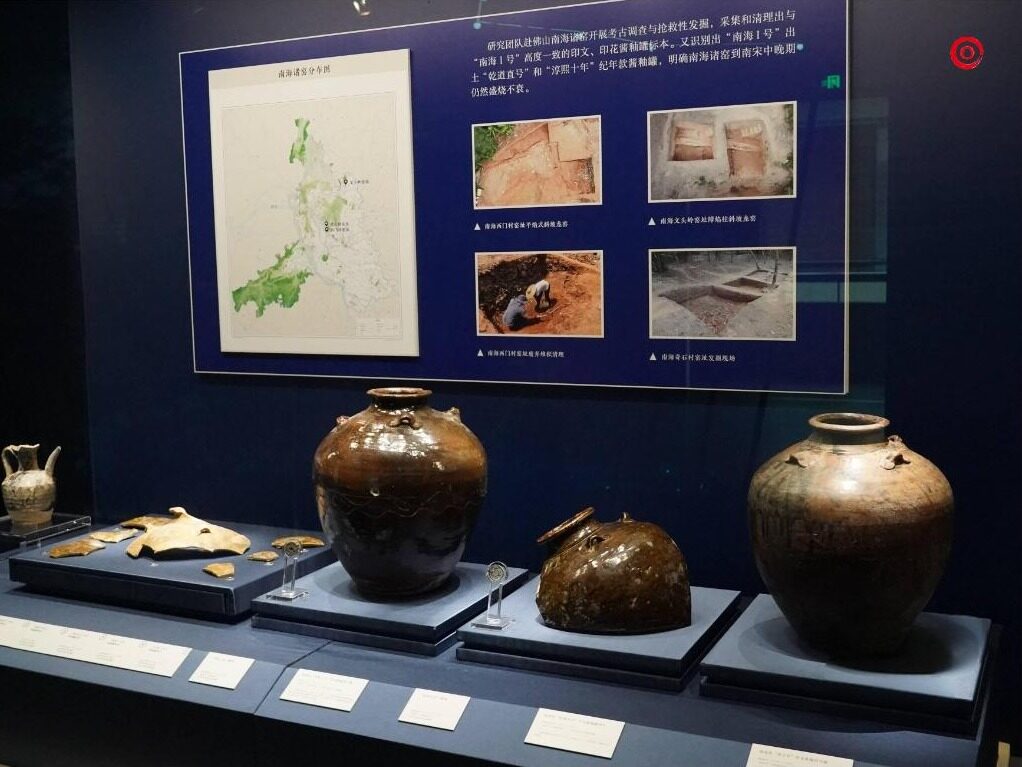- Kizil Grottoes, a typical representative of Qiuzi Grottoes

Ancient Qiuci was the first stop for the introduction of Buddhism culture into China, and it was also an important hub for two-way exchanges between the opening of Chinese civilization to the west and the ancient Silk Road civilization. It was known as the "cradle of Chinese Buddhism culture." Buddhism, as the mainstream religion in the ancient Qiuci region, has been popular in this region for more than a thousand years.
The Kizil Grottoes are located in Kizil Township, Baicheng County, Aksu Prefecture, Xinjiang Uygur Autonomous Region. It is located at the southern foot of the Tianshan Mountains and east of Congling, between the Bamiyan Grottoes and Dunhuang Grottoes in Afghanistan. There are 349 existing caves with nearly murals. The 10,000 square meters and a few painted clay sculptures are typical representatives of the Qiuci Grottoes. It shows the outstanding creation and high achievements of Buddhist art in the Qiuci region from the 3rd to the 9th century AD. It is the earliest, largest, longest duration, most complete cave type and extensive influential Buddhist cave temple in the Western Regions. With its unique cave shape and mural style, it clearly reveals the historical trajectory of Buddhism spreading eastward through the Western Regions and the localization process formed during the spreading process. It is the crystallization of the cultural exchanges between the East and the West in ancient times. It shows from different aspects the emergence, development, prosperity and decline of Kucha Buddhist culture during this period. It also provides a wealth of information for the development and evolution of specific historical processes, cultural traditions, religious arts, ethnic folklore, music and dance. evidence. In particular, the originality and diversity of mural paintings have become one of the outstanding achievements of Qiuci art. It has outstanding historical and aesthetic universal value. It has produced Buddhist grotto art in Hexi, Longyou, Central Plains and Central Asia east of Xinjiang. It has a significant impact, is an indispensable component of the "Silk Road" cultural heritage, and has outstanding universal value worldwide. Editor/He Yuting

Cave 178: The story of the rhombohedron in the Asian Art Museum, Berlin, Germany

Cave 179: Monkeys hidden in the Asian Art Museum in Berlin, Germany

Cave 179, Heaven and Human, hidden in the Russian State Hermitage Museum

Cave 184 for the Bhikkhu Original collection of the Asian Art Museum in Berlin, Germany

Cave 184: Donor of Qiuci and Donor Bhikkhu, hidden in the Asian Art Museum in Berlin, Germany

Cave 188 King Kong Warriors in the National Museum of Asian Art

Cave 207: Karma of the Buddha, originally in the Museum of Ethnography in Berlin, Germany

Cave 219 Bhikkhu hidden in the National Museum of Asian Art

Cave 224 Tianren and Bhikkhus in the National Museum of Asian Art

Feitian The top of the back corridor of Cave 198 (middle) Collection of the State Hermitage Museum, Russia

The story of Buddhism "Overpassing the city at midnight" The right side wall of the main room of Kizil Cave 110

Main Wall of Cave 188

The outer wall of the right corridor of Cave 8 Collection of the Asian Art Museum, Berlin, Germany

Golden-winged bird The top middle ridge of the voucher of the main room of Cave 198A Collection of the Asian Art Museum, Berlin, Germany

Tianren and Bhikkhu (part of the Buddha's biography of Karma), the right wall of the main room of Cave 186, Collection of Asian Art Museum, Berlin, Germany

Buddhism story "Nurturing by Heaven and Man" The front end of the upper left end wall of the back chamber of Cave 8 Collection of the Asian Art Museum, Berlin, Germany

Restoration of the story of the Buddha's biography on the left end wall of the back chamber of Cave 8 "Nation to Heaven"

Lux and Jesus
Comment
 Praise
Praise
 Collect
Collect
 Comment
Comment
 Search
Search














Write something~